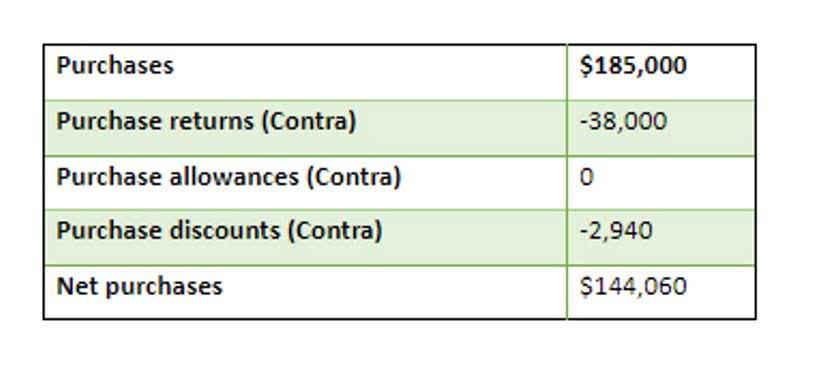
Then divide the difference by the original number (Year One) to get a decimal. If you are presenting a financial forecast to investors or lenders, you’ll want to forecast all financial statements. Top-down forecasting involves taking the market outlook as a whole to project future estimates for the company. This way, you’ll start with a big picture and slowly work your way down to produce a view of the company based on various components. After accounting for your operating costs, subtract this from your gross profit to calculate your actual profit—otherwise known as net income (or profit).
They will likely be able to help you develop realistic financial projections for your business. To forecast effectively, it is key to analyze past business growth rather than making blind assumptions. You’ll want to gather your previous financial statements to understand your business’s development over time and project this growth into the future. The straight-line method presumes a company’s historical growth rate will stay consistent.
Work with an accountant that knows your industry
Budgeting is about planning expenses and setting revenue targets in the near term while forecasting focuses on estimating a business’s future financial situation. The two are related and equally important parts of managing a business’s finances. Coming back to the here and now, think about what projects you’ve agreed to start and any significant payments coming due in the time frame of your forecasted financials. Think about big expenses before you begin forecasting financial statements, called pro forma financial statements. Accountants and financiers share common ground in financial forecasting because it relies on the analysis of historical financial statements yet necessitates the input of future expectations. In today’s fiercely competitive global market, businesses need to be agile and adaptive.

When you make a budget, you plan how you’re going to spend money based on what you expect your finances to look like in the future (your forecast). Death and taxes are two of life’s certainties, yet many small business owners are caught off guard when they are hit with a big tax bill. Forecasting can prevent that shock since it involves laying out all your expenses for the financial forecasting for startups year. If you’re using the wrong credit or debit card, it could be costing you serious money. Our experts love this top pick, which features a 0% intro APR for 15 months, an insane cash back rate of up to 5%, and all somehow for no annual fee. You’re meant to tinker with a financial forecast, coming back to it as you consider investments in and changes to your business.
Project your revenue
When used responsibly, financing can be a mechanism to boost your company; it allows you to cover your operating expenses while increasing production. In the regular scenario, outside factors will be minimal and your business will grow at a rate similar to previous years. The cost of purchases includes raw materials, labor needed to manufacture a product, and storage. For a service-based business, these costs could be how much you pay yourself, an employee, or an independent contractor to complete a unit of service.
SuiteWorld 23 – who co-pilots the co-pilot? – diginomica
SuiteWorld 23 – who co-pilots the co-pilot?.
Posted: Mon, 23 Oct 2023 10:45:50 GMT [source]
Either way, financial forecasting helps you understand the steps you need to take—and the numbers you need to hit—to make growth happen for your business. To illustrate, consider a client who was passionate about opening a restaurant but overlooked several red flags. After a thorough discussion and introduction of overlooked cost factors, it became clear that the business plan was not feasible at that time and location. As Marcus points out, financial models need to be updated as conditions change, and this is best done with professional guidance.
Bottom-up forecast
Pro forma statements are financial documents that provide insights into how various scenarios might unfold under assumed conditions. As a rule, to create financial forecasts, a business would rely on three major financial statements, such as an income statement, a balance sheet, and a cash flow statement. Moreover, it helps to see what might happen should things change for the better or worse, and this way, plan for the worst-case scenarios in advance. With regards to business objectives, companies can create short- and long-term financial forecasts.

It is normal to foresee future cash crunches – this scenario is partly why you are putting together a financial plan in the first place. Now that your income statement for the next few years is complete, you need to determine what your input and output of funds will look like for your future. Your income statement is the place to contemplate how the economy and other outside factors will change in the next few years. Financial forecasting is an essential tool that helps you stay on top of your company’s performance and identify risks early on so you can address them right away and get the most out of your capital. You assume it will stay the same, but you want to make sure you can still be profitable in case growth slows down.



